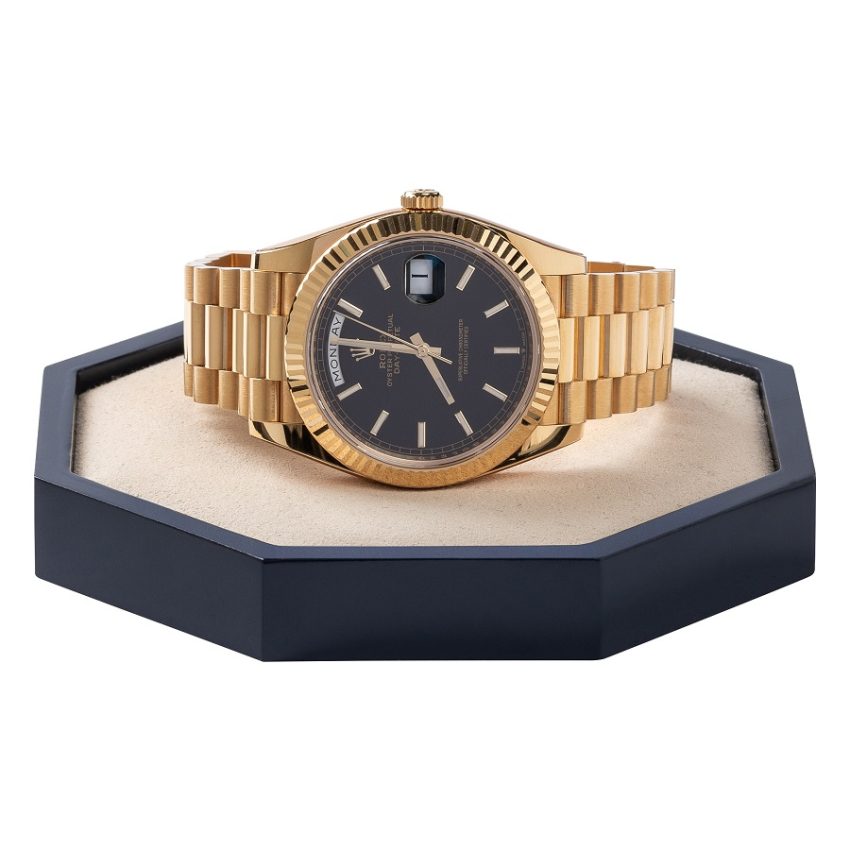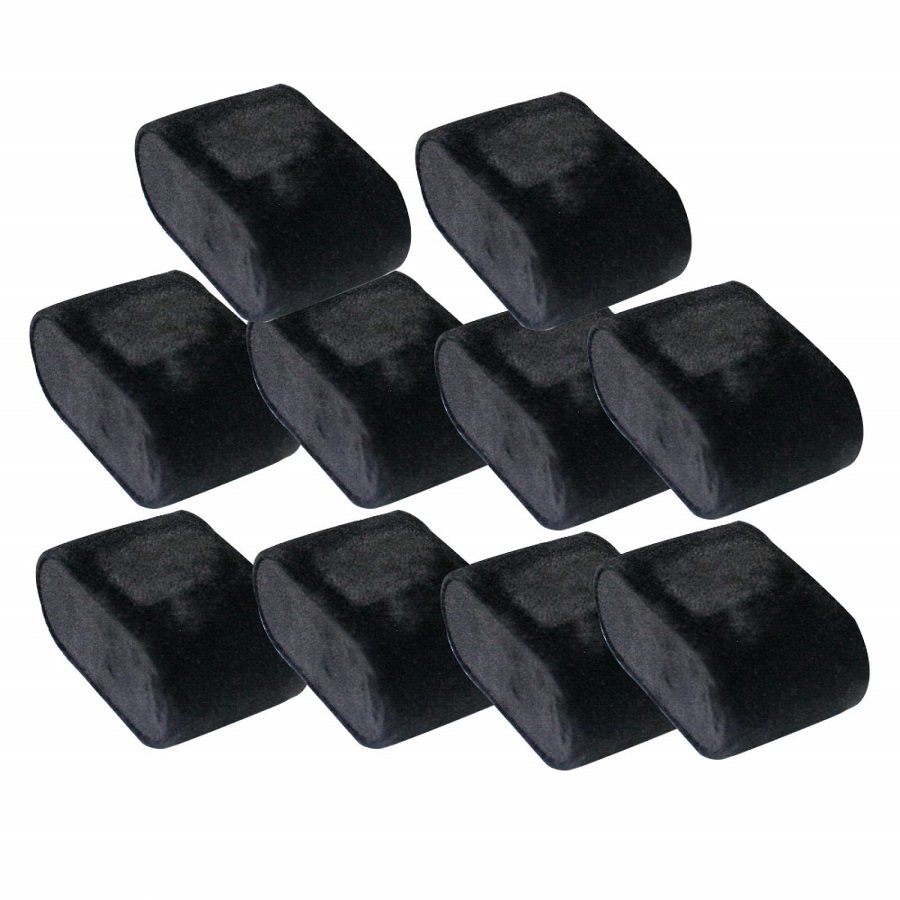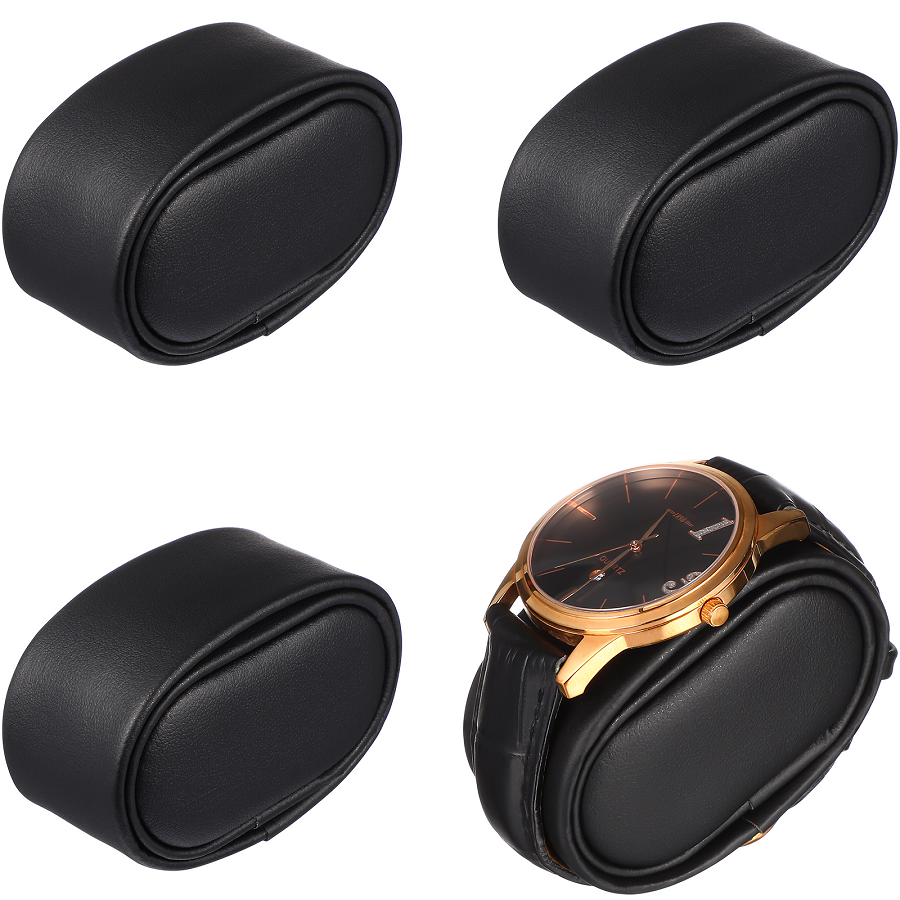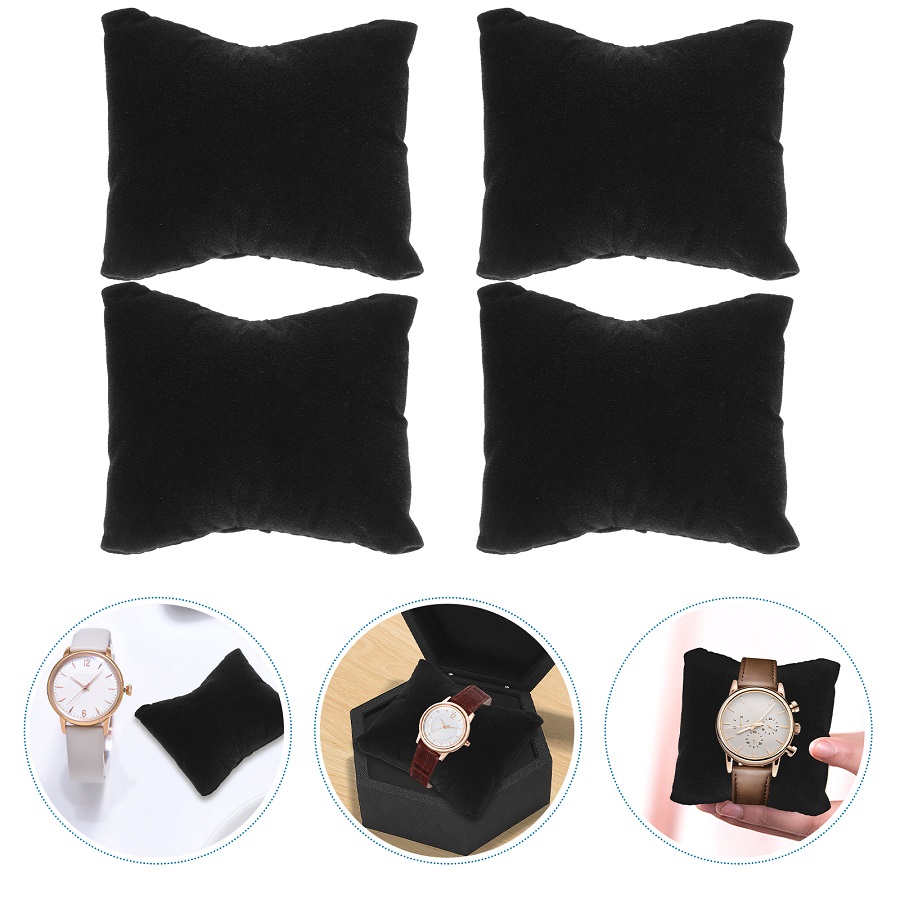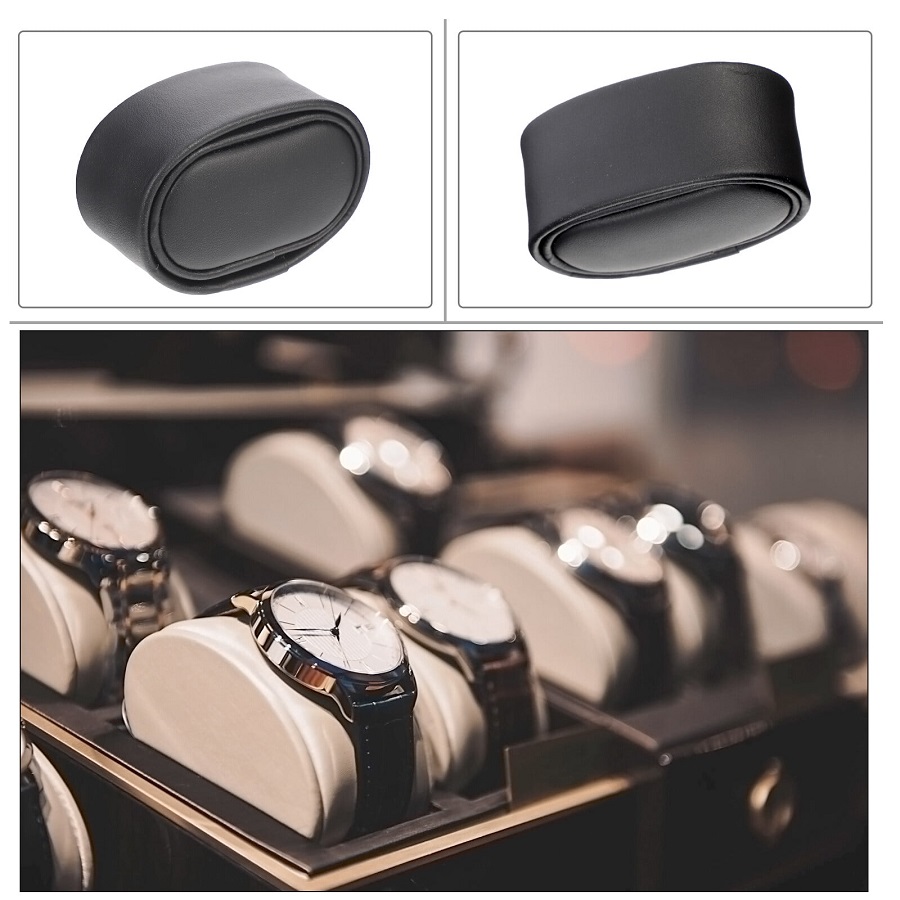Introduction
The evolution of smartwatches has transformed them from simple timekeepers to sophisticated devices that merge fashion with technology, offering features that cater to various aspects of daily life. Central to this transformation is the concept of the watch display pad — a crucial interface that seamlessly integrates design aesthetics with functionality. As manufacturers seek to enhance user experience, understanding the role of these display pads is essential in unlocking the full potential of modern smartwatches.
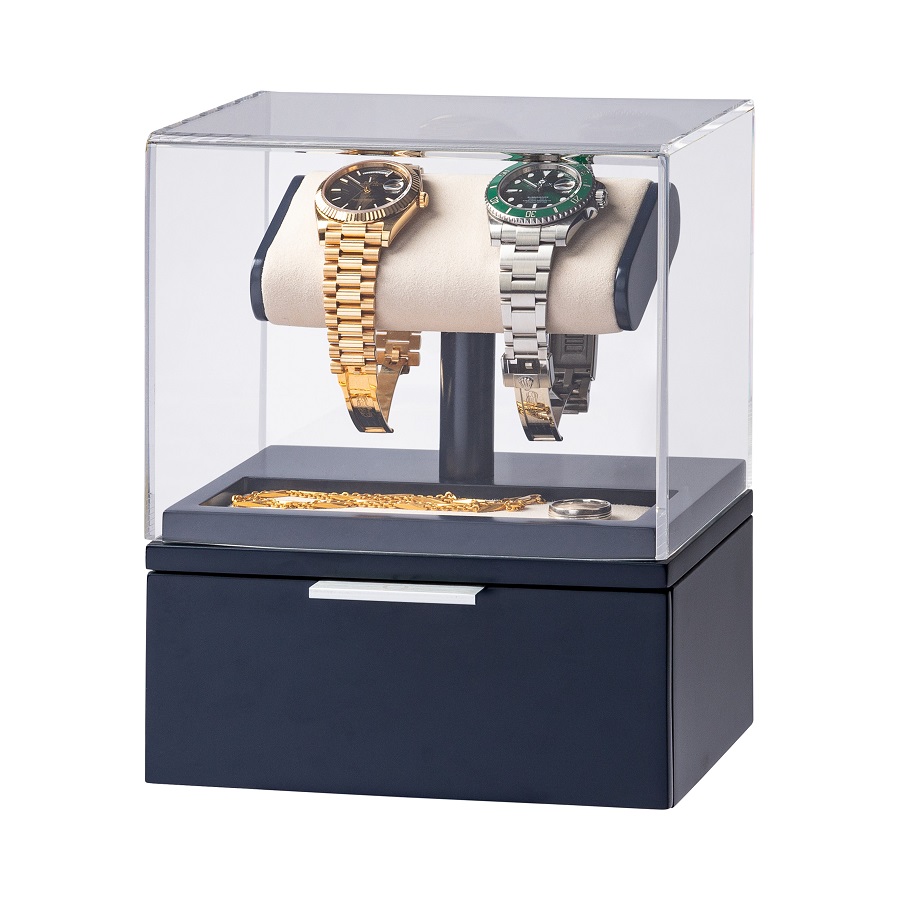 The Concept of Watch Display Pads
The Concept of Watch Display Pads
At its core, the watch display pad refers to the screen interface found on smartwatches. It is not merely a technical component but is a critical element that allows users to interact with their devices intuitively. Modern display pads often utilize advanced technologies such as OLED (Organic Light Emitting Diode) and AMOLED (Active-Matrix Organic Light Emitting Diode), which provide vibrant colors and deeper blacks, enhancing overall visibility and reducing power consumption. These high-resolution displays are tailored for quick glances, making essential information easily accessible.
Transforming Fitness Tracking
As health awareness continues to rise, fitness tracking has become a focal point for many wearable technologies. Watch display pads are at the forefront of this trend, offering advanced tracking capabilities that transcend traditional methods.
1. Comprehensive Health Metrics
With built-in sensors, watch display pads can monitor various health metrics such as heart rate, oxygen saturation, and sleep patterns. This data is invaluable for users looking to improve their overall health and fitness.
2. Personalized Workouts
Equipped with fitness tracking applications, these devices can deliver personalized workout plans based on the user’s goals, offering real-time feedback on performance, calorie burn, and progress.
3. Activity Recognition
Advanced algorithms enable watch display pads to automatically detect the type of physical activity a user is engaged in, whether running, cycling, swimming, or walking. This eliminates the need for manual tracking and ensures accuracy.
4. Community Engagement
Many watch display pads incorporate social features that allow users to connect with friends and family for workouts, competitions, or support. This social aspect can be a significant motivator for individuals looking to stay fit and healthy.
Design Considerations
The design of display pads goes beyond visual aesthetics; it also encompasses usability and ergonomics. A well-designed display pad needs to align with the overall design ethos of the smartwatch, balancing style and function. Designers now prioritize minimalistic interfaces to reduce cognitive overload, allowing users to process information at a glance. Typeface size, color contrast, and iconography play pivotal roles in ensuring that notifications, health metrics, and interactive elements are not only visually appealing but also legible.
User-Centric Design
As smartwatches become an extension of personal devices, user-centered design has gained significance. Research indicates that user preferences vary widely; while some prefer vibrant, colorful interfaces, others lean towards muted tones that exude sophistication. Ultimately, understanding target demographics is crucial for creating display pads that resonate with users. For instance, a health-conscious audience may benefit from detailed, easily interpretable graphical displays of their fitness data, while a fashion-forward clientele may seek customizable watch faces that reflect their personal style.
Functionality: Bridging Communication and Control
The display pad is the primary medium through which users interact with their smartwatches, making it an integral component in facilitating various functions. From basic notifications to complex health monitoring features, display pads serve as the gateway to functionality.
Notifications and Alerts
Smartwatches are increasingly used to manage notifications from smartphones, with display pads playing a vital role in ensuring that users remain connected without needing to check their phones constantly. Real-time alerts for texts, calls, emails, and social media updates can be displayed intuitively on the pad, allowing users to prioritize their responses without disconnecting from their daily activities. Haptic feedback systems also enhance this interaction by providing tactile responses to alerts, making it easier to manage notifications discretely.
Health Tracking and Metrics Access
Health and fitness applications are among the most critical functionalities of modern smartwatches. The display pad is crucial in visualizing complex data derived from sensors that track heart rate, sleep patterns, and physical activity. These metrics are often presented through dynamic graphs and easy-to-read figures, enabling users to track their progress over time. Display pads may also provide interactive features, allowing users to input particular metrics or customize their dashboard for a personalized experience.
Touchscreen Technology
Most modern smartwatches utilize touchscreen technology, which enhances user interaction significantly. This allows for gesture-based navigation—swiping to access different apps, tapping to select options, and pinching to zoom into graphs or reports. While tactile buttons have their advantages, touchscreen interfaces can create a more fluid and immersive experience, leading to higher user engagement.
Challenges in Design and Interactivity
While advancing technology has provided significant enhancements to display pads, designers face several challenges. One of the main hurdles is the limited real estate on watch faces. Unlike smartphones and tablets that offer larger displays, smartwatches have to present critical information succinctly. Designers must strike a balance between functionality and simplicity, ensuring that the information displayed is meaningful without overwhelming the user.
Battery Life Concerns
Battery life remains a significant concern in smartwatch development, as display technology can be a considerable drain on power. Manufacturers must innovate in areas like adaptive brightness, where the screen adjusts based on the surrounding environment, or always-on displays that consume less energy. The integration of low-power display technologies allows for richer features without compromising battery longevity.
Compatibility with Apps and Ecosystems
As smartwatches often operate within larger ecosystems, compatibility with various applications poses another challenge. Developers must ensure that the display pad can intuitively navigate multiple third-party apps while maintaining a consistent user experience. This requires robust UX research and usability testing to refine how information is presented across various platforms.
Introducing Watch Display Pad
Watch display pad, essentially miniaturized touchscreens that are integrated into traditional wristwatches or smartwatches, represent the next step in wearable technology. Unlike conventional watch faces that primarily show time, these display pads offer users a dynamic interface to access a range of functionalities.
Key Features of Watch Display Pad
- Touchscreen Interface: Similar to smartphones, most watch display pads incorporate a high-resolution touchscreen that enables intuitive navigation through apps, notifications, and fitness tracking features.
- Customization Options: Users can personalize their watch displays with different themes, colors, and widgets, tailoring the interface to their preferences and needs.
- Multi-Functionality: Beyond timekeeping, watch display pads can serve various purposes, including fitness tracking, personal communication, and even mobile payment options.
- Connectivity: Equipped with Bluetooth and Wi-Fi capabilities, these devices can seamlessly integrate with other smart devices, enabling data sharing and enhancing user experience.
Revolutionizing Personal Communication
One of the standout features of watch display pads is their potential to transform personal communication. As smartphones continue to dominate the communication landscape, the need for quick and efficient interactions has never been greater. Here’s how watch display pads facilitate enhanced communication:
1. Instant Notifications
With watch display pads, users can receive real-time notifications for calls, texts, emails, and other apps directly on their wrists. This feature eliminates the need to constantly check one’s phone, promoting a more streamlined approach to communication.
2. Voice Assistance
Many modern watch display pads come equipped with voice-assistant technology. Users can send texts, make calls, or access information through simple voice commands, making it easier to communicate while on the go.
3. Integrated Messaging
Some devices allow users to read and respond to messages directly from their watch display pads. This functionality is especially useful during activities where pulling out a mobile device is impractical or inconvenient, such as while exercising or driving.
4. Video and Audio Calls
As bandwidth improves and connectivity becomes more reliable, the possibility of making video and audio calls directly from a watch display pad is on the horizon. Initiating and participating in calls on the go will redefine how we connect with others.
The Future of Watch Display Pads: Trends and Innovations
As technology continues to evolve, watch display pads are set to undergo dynamic changes that will reshape user interaction. Emerging trends include:
Augmented Reality (AR) Integration
The potential for AR in wearable technology could revolutionize how users interact with watch display pads. Future smartwatches may utilize AR for overlaying real-time data onto the physical environment, enhancing navigation and situational awareness. This shift could allow users to receive directions, notifications, and health insights without losing touch with their surroundings.
Customizable Interfaces
The trend toward personalization is likely to amplify, with smartwatches offering more customizable watch faces and interactive elements. Future display pads may allow users to create unique layouts according to their preferences, adjusting what information is shown and how. This could significantly enhance user engagement and satisfaction.
Biometric Feedback
As biometric sensors advance, future display pads may provide real-time feedback on physiological responses. Users could monitor stress levels, hydration, and even fatigue at a glance, further enabling them to manage their well-being proactively.
Conclusion
The role of watch display pads in modern smartwatch development cannot be overstated. Serving as the interface where design meets functionality, display pads are essential for delivering a seamless user experience. As technology advances and user preferences evolve, the future promises even more innovation in how we interact with these powerful devices. Whether it’s through enhancing visual aesthetics, improving interactivity, or integrating advanced features, the journey of smartwatch display pads is a cornerstone of the ongoing evolution of wearable technology. By prioritizing user-centered design and embracing emerging technologies, developers can ensure that smartwatches not only fulfill their technical potential but also become indispensable tools in the lives of their users.
